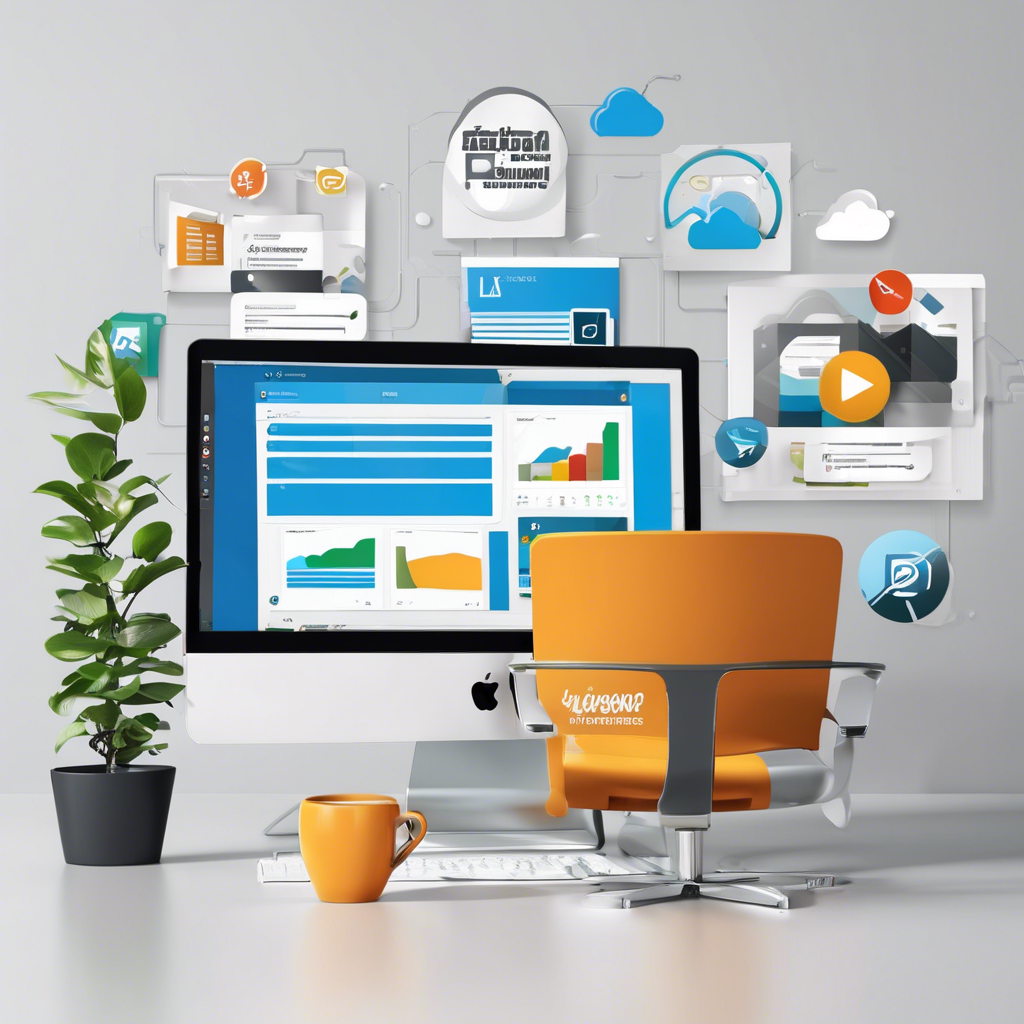Digital asset management software is a crucial tool for businesses and organizations to efficiently organize, store, and retrieve their digital assets. In today’s digital age, where the volume of digital content continues to grow exponentially, having a robust system in place to manage these assets is essential for streamlining workflows and ensuring brand consistency.
One of the key benefits of digital asset management software is its ability to centralize all digital assets in one secure location, making it easy for team members to access the files they need quickly and efficiently. This centralized approach helps to eliminate the time wasted searching for files across multiple systems or individual devices.
Moreover, digital asset management software allows for easy categorization and tagging of assets, making it simple to search for specific files based on keywords, metadata, or other criteria. This not only saves time but also ensures that the right assets are being used for the right purposes, reducing the risk of using outdated or incorrect files.
Another advantage of digital asset management software is its ability to track the usage and performance of digital assets, providing valuable insights into how assets are being utilized across different channels and campaigns. This data can help organizations optimize their content strategy and make informed decisions about which assets to prioritize.
In addition to organizing and tracking digital assets, digital asset management software also plays a crucial role in maintaining brand consistency. By providing a centralized hub for all brand assets, including logos, images, videos, and marketing materials, organizations can ensure that all team members have access to the most up-to-date and approved assets.
Furthermore, digital asset management software often includes features such as version control and access permissions, allowing organizations to control who can access and edit certain assets. This helps prevent unauthorized use of assets and ensures that only approved versions of files are being used.
The scalability of digital asset management software is another key advantage, as it can grow and adapt to meet the changing needs of organizations as they expand and evolve. Whether an organization is a small business or a large enterprise, digital asset management software can be customized to suit its specific requirements.
Security is a top priority for any organization when it comes to managing digital assets, and digital asset management software is designed with robust security features to protect sensitive and proprietary information. From encryption to access controls, these systems ensure that digital assets are safe from unauthorized access or cyber threats.
Collaboration is made easy with digital asset management software, as team members can work together on projects and campaigns by accessing and sharing files within the system. This promotes teamwork and efficiency, as team members can collaborate in real-time without the need to send files back and forth via email.
Integration with other tools and systems is another key feature of digital asset management software, allowing organizations to streamline their workflows and improve productivity by connecting their digital asset management system with other tools they use regularly, such as content management systems or design software.
Overall, digital asset management software is a powerful tool for businesses and organizations looking to streamline their workflows, improve collaboration, maintain brand consistency, and ensure the security of their digital assets. By investing in a robust digital asset management system, organizations can save time and resources while maximizing the value of their digital content.
